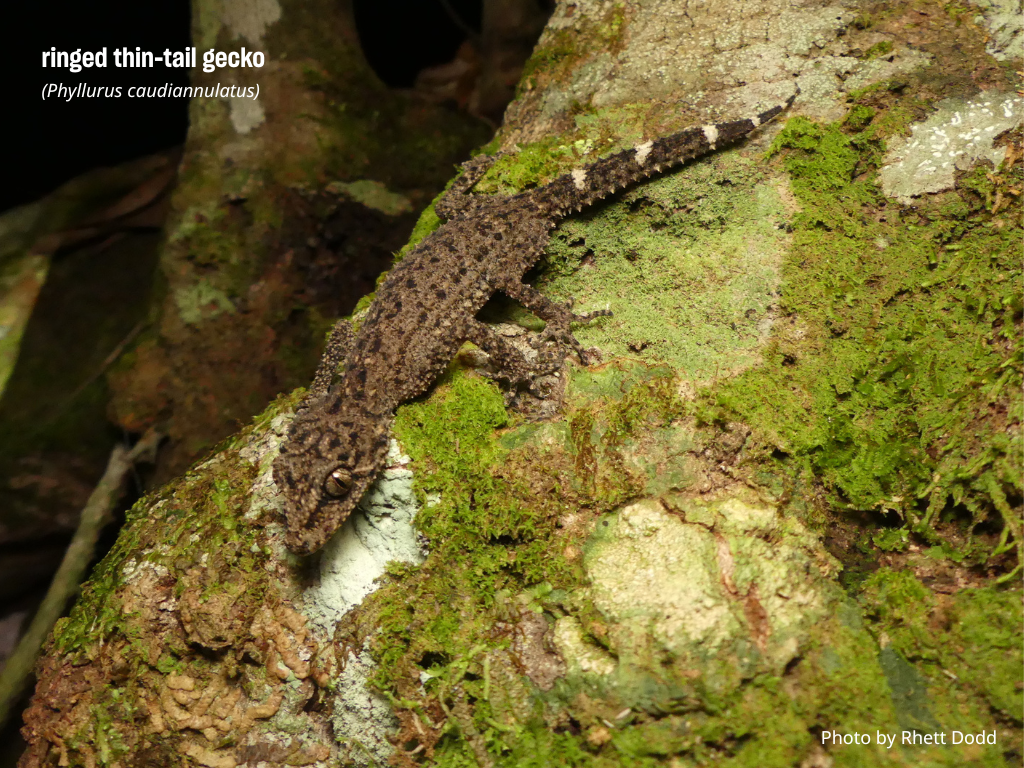CANBERRA (November 27, 2025)—Humane World for Animals says Federal Environment Minister Murray Watt’s reforms to the Environment Protection and Biodiversity Conservation Act, amended in negotiation with the Greens, should give Australian wildlife a “fighting chance” for the future. Humane World for Animals Australia’s Campaign Director, Nicola Beynon, said: “The reformed laws must be a new chapter for our environment and reset the priority that is given to protecting nature in decision making. We...
Freshwater ecosystems, including rivers, lakes and wetlands, are fundamental to sustaining life – for both wildlife and people.
As the driest inhabited continent on Earth, healthy river systems are especially important in Australia. But the neglect of these areas will have devastating ecological impact. Dr Megan Kessler, HSI Australia’s Nature Campaigner, looks at the iconic Murray Darling Basin waterways to explain.
‘Many of our river systems are under threat, from impacts such as catchment area degradation, having too much water consistently taken out of the system, and from climate change,’ Dr Kessler said.
‘This puts our wildlife at risk – especially native fish and water birds. And that’s why it’s so important that we all protect our rivers – whether it’s through on-ground restoration works or by ensuring adequate protection for our waterways through law.’
‘The Murray Darling River Basin waterways and riverine areas are showing signs of ecological collapse’
Two of Australia’s most iconic freshwater areas are the lower Murray Darling Basin, including the Coorong at the river mouth, and the Macquarie Marshes. Both are under threat, and both are under the microscope – or need to be.
‘The Murray Darling River Basin waterways and riverine areas have been identified as two of 19 Australian ecosystems that are showing signs of ecological collapse. That means they have experienced substantial, negative changes away from their original state and are unlikely to recover,’ Dr Kessler said.
This prompted HSI Australia to work with the University of New South Wales to nominate the Macquarie Marshes and parts of the lower Murray Darling Basin as areas needing protection as critically endangered ecological communities under our federal environment laws.
‘When the Macquarie Marshes are thriving, the sky is filled with internationally important water birds,’ Dr Kessler said. ‘The River Murray downstream of the Darling River is a one-of-a-kind ecosystem covering one of the most unique and biodiverse sections of the Murray Darling Basin system.
‘The Basin supports 16 internationally significant wetlands, 120 water bird species, more than 40 native fish species and more than 95 threatened species of animals and plants. It needs our protection, especially in areas like the Macquarie Marshes and the lower Murray’ she said.
‘…in 2019, the Macquarie Marshes were so dry they caught on fire.’
While there are a number of existing plans in place to improve the health of the Murray Darling Basin, research has shown the system is still experiencing considerable, ongoing decline. The lack of natural flow in river systems is one of their key threats.
‘While we still see wet years, these ecological communities aren’t recovering from droughts and other natural events like they used to,’ Dr Kessler said.
‘Every boom is a little smaller and ever bust has a bigger impact. And in 2019, the Macquarie Marshes were so dry they caught on fire. The scale of the fires was so extreme it left experts fearful for the long-term viability of this wetland.’
Ensuring these areas are properly protected under our national nature laws will provide another important lever to improve management and help to restore the river systems to health. The Federal Government is currently consulting on whether to add the HSI Australia and University of New South Wales nominated areas to the list of critically endangered ecological communities.
Dr Kessler hints at the greater understanding of coexistence when it comes to managing our freshwater ecosystems. ‘We all depend on the health of our rivers and waterways. An important question is, can they depend on us to provide the protections they need?’
Read more about how you can help protect threatened ecological communities here.
Photo: Grenville Turner


